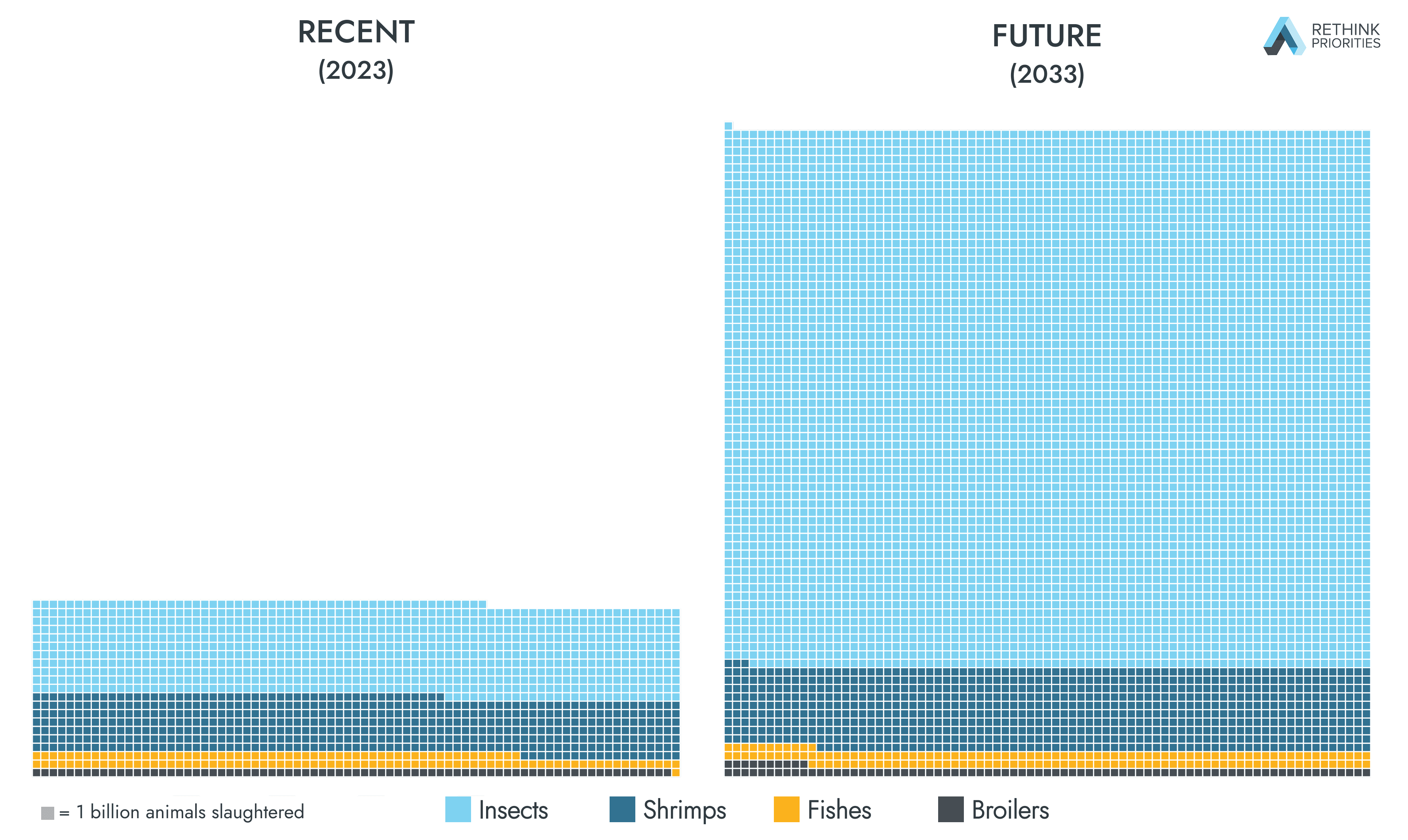I think it’s important that people take time off when they need it, but it’s hard to build institutional incentives to promote this. One part of the problem is that if a manager says “take the time off you need”, but that manager conspicuously seems to be working all the time,[1] it can be hard for their teammates to take the message to heart.
I want my teammates to work at their long-term sustainable optimum and to have the energy to go hard during crunch time before events. I want to de-emphasize a focus on hours and instead to focus on output. It works for me to work a lot and I don’t want to take time off when I don’t need to.[2] I want the teammates who produce their best work when they sustainably work 60 hours a week to work 60 hours a week and those who do so working 40 hours a week to work 40 hours a week. I’ve been talking with other managers about this problem, and have been testing out the following analogy to encourage proper resting to help my teammates avoid burnout:
Sometimes, when I’m hiking with someone, I worry about breathing too hard. I feel like it’ll be embarrassing if I’m clearly struggling, and like the hike should be easy for me. But it isn’t, so I kind of hold my breath and conceal the difficulty. As a result, I find the hike much more difficult overall and have to stop climbing much sooner than I would have if I let myself breathe heavily.
I’m trying to lead a team with an ambitious culture for taking challenging hikes, and part of this culture requires people to feel safe and comfortable breathing as loudly as they need to in front of each other, without fear of judgment. It also involves people pausing to take rests to catch their breath when the going gets tough.
Not everyone is expected to have the same lung capacity and no hiker is at their best forcing themselves to appear comfortable when they aren’t. Some great hikers may not need to catch their breath often, but others will need to breathe hard, and this need doesn’t imply they are worse hiking companions.

- ^
I think part of the reason it seems like I’m working all of the time is that I have two toddlers. They sometimes pull my attention at random points during the day, so I’ll make up for it by waking up early, working after they go to bed, or getting some work in over the weekend.
- ^
Some managers have encouraged me to take time off when I don’t need it to create a culture of taking time off. I don’t like this plan because:
1. It feels fake, and
2. My work continues to pile up while I’m gone, so I’m more stressed if I force myself to take time away.



I like this post and the sentiment that employees should really be discouraged from overworking themselves.
But I'd like to note that this:
...is a choice between what I'd think of as 100% and 150% of a full time work week. But I expect some people to struggle to hit that 100% as well, or even not be able to do that at all, for a variety of reasons (disclosure: I'm currently one of those people).
Thanks for sharing! I considered including different numbers but landed here. I agree that this can also apply to numbers lower than 40 (or higher than 60) and I've had many great colleagues over time who have worked quite different hours.
FWIW I originally shared this analogy with my team when someone was struggling and I wanted to help them feel ok about taking time off and working fewer than 40 hours a week.